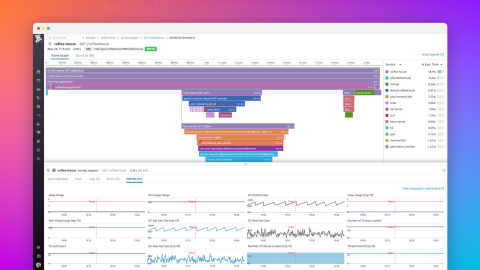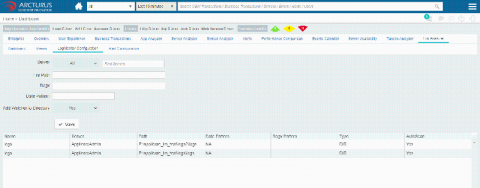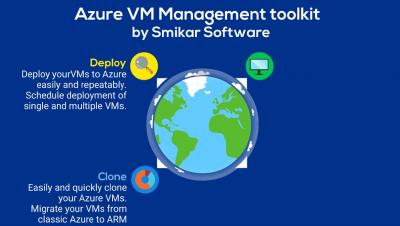Let's go dark!
There was time, where CRT screens were ubiquitous. In this time dark websites were pretty common since the way CRT screen emits light worked pretty well with dark colours. Then LCD screens came into every hour. Those were pretty bad compared to CRT, especially in terms of showing true shades of grey. This was the end of black websites popularity. Dark went underground.











